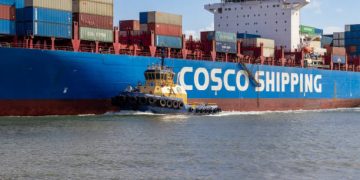The logistics sector faced a wave of developments last week, with natural disruptions, labor actions, trade policy shifts, and carrier strategies all reshaping the global supply chain landscape.
One of the biggest events was Typhoon Ragasa, which struck southern China just days before the busy Golden Week holiday. The storm forced factory shutdowns across the region, temporarily halting production and delaying shipments at a critical point in the manufacturing calendar. Analysts warn that these disruptions could have ripple effects throughout international supply chains, particularly for industries dependent on just-in-time deliveries from Chinese exporters.
Meanwhile in Europe, Poland’s decision to close its border with Belarus triggered significant consequences for regional logistics. The move pushed up airfreight rates as shippers looked for alternative transport modes, while rail freight services through the corridor experienced serious interruptions. At the same time, Italian dockworkers staged strikes, targeting shipments tied to military consignments. Though limited in scope, the industrial action added another layer of disruption to European port operations already under strain.
Trade dynamics were also in the spotlight. Host Charlotte Goldstone highlighted how evolving tariff regimes are continuing to reshape tradelanes. At the Caspian Air Cargo Summit, industry experts discussed the far-reaching implications of tariff policies on supply chain resilience, competitiveness, and long-term planning. The Loadstar publisher Alex Lennane further explored the growing influence of artificial intelligence on freight forwarding, warning that automation and AI-driven platforms may pose risks to traditional jobs within the sector.
In ocean freight, China’s state-owned carrier Cosco remained a focal point of industry developments. Despite ongoing USTR port fee measures, the company pressed ahead with its global expansion strategy, unveiling extended service offerings in India and signalling new port investment ambitions. This forward-looking approach is seen as an effort to strengthen Cosco’s international presence and secure a larger share of emerging market trade flows.
The Loadstar’s managing editor Gavin van Marle also provided insights into current ocean freight rates, noting fluctuations across major trade routes and the strategies being adopted by leading carrier alliances. One major alliance is reported to be implementing new measures aimed at mitigating financial losses, underscoring the continued volatility of the container shipping market.
Taken together, the events of last week illustrate the multi-layered challenges and opportunities shaping logistics today. From weather-related production halts to tariff tensions, labor disruptions, and carrier expansion plans, supply chain stakeholders are navigating an environment marked by unpredictability and rapid change. Industry observers stress that flexibility and foresight remain crucial as companies prepare for peak season demand and adjust to shifting global conditions.
#SupplyChainNews #NewsUpdate #GlobalLogistics #OceanFreight #TradePolicy

















